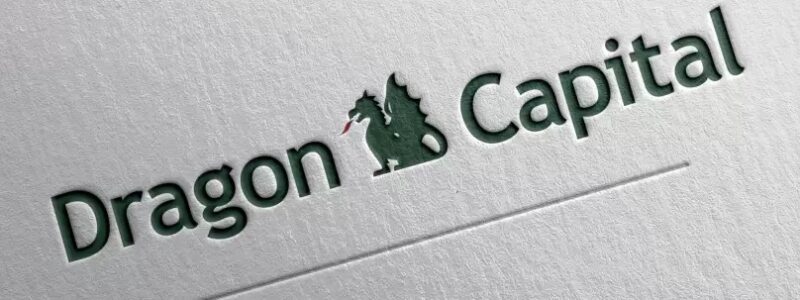
Reaching an agreement on a long-term ceasefire could accelerate Ukraine’s real GDP growth in 2025 to 3.5-5.5% year-on-year from 2.9% in 2024, thanks to improved economic sentiment and the start of large-scale reconstruction, which will offset the reduction in defense spending, while if the war continues, growth will slow to 2.5%, according to an updated forecast published by investment company Dragon Capital.
“Although weak economic activity in the first quarter of 2025 will be partially offset by better prospects for the energy sector, we have lowered our real GDP growth forecast for 2025 by 0.5 percentage points (percentage points) to 2.5% in the “continuing war” scenario,” the company said in a statement on Tuesday.
According to the statement, the forecast was also lowered by 0.5 percentage points in the event of a prolonged ceasefire.
According to Dragon Capital’s forecast, annual inflation will begin to decline in June-July amid continued easing of fundamental pressures and a high base of comparison in the food segment in the second half of last year.
“We forecast consumer inflation to slow to 8.1% y/y by the end of 2025 in the ‘ongoing war’ scenario and to 9-10% y/y in the ‘ceasefire’ scenario,” the release says.
Regarding the hryvnia exchange rate, Dragon Capital notes that in the first quarter of 2025, the NBU allowed the hryvnia to strengthen against the US dollar by 1.4% to 41.5 UAH/USD after a long period of controlled devaluation. The company believes that this strengthening of the hryvnia was the NBU’s response to high inflation, significant external financing, the global weakening of the dollar, and a seasonal decline in demand for foreign currency.
“We expect the NBU to return to a controlled and gradual weakening of the hryvnia in the second half of the year, when inflation rates begin to decline. However, given the significant amount of financial assistance, we have raised our forecast for NBU reserves to $59 billion (from $41 billion) and lowered our year-end exchange rate forecast to 44 UAH/USD (-4.4% y/y; previous forecast — 45 UAH/USD),” the release said.
Dragon Capital experts added that achieving a sustainable ceasefire will contribute to a slower devaluation of the hryvnia in the second half of the year, as fundamental pressure on prices will be higher and the balance of payments situation will improve due to a slowdown in private capital outflows and continued external financial assistance.
“Going forward, the exchange rate will depend on the volume of external financing and private capital flows, while the foreign trade deficit will remain significant due to structural changes in the economy,” the release said.
As reported earlier on Tuesday, the European Bank for Reconstruction and Development revised its forecast for Ukraine’s real GDP growth in 2025 to 3.3% from 3.5% expected in February and kept its forecast for 2026 at 5.0%, provided that Russia’s war against Ukraine ends.
At the end of February, the International Monetary Fund also revised its forecast for Ukraine’s economic growth in 2025, lowering it by 0.5 percentage points compared to its previous forecast to 2-3%, and the World Bank from 6.5% to 2%.
In April, the NBU worsened its forecast for Ukraine’s economic growth in the current year to 3.1% from 3.6% in its previous macroeconomic forecast in January, and in the next forecast, from 4.0% to 3.7%.